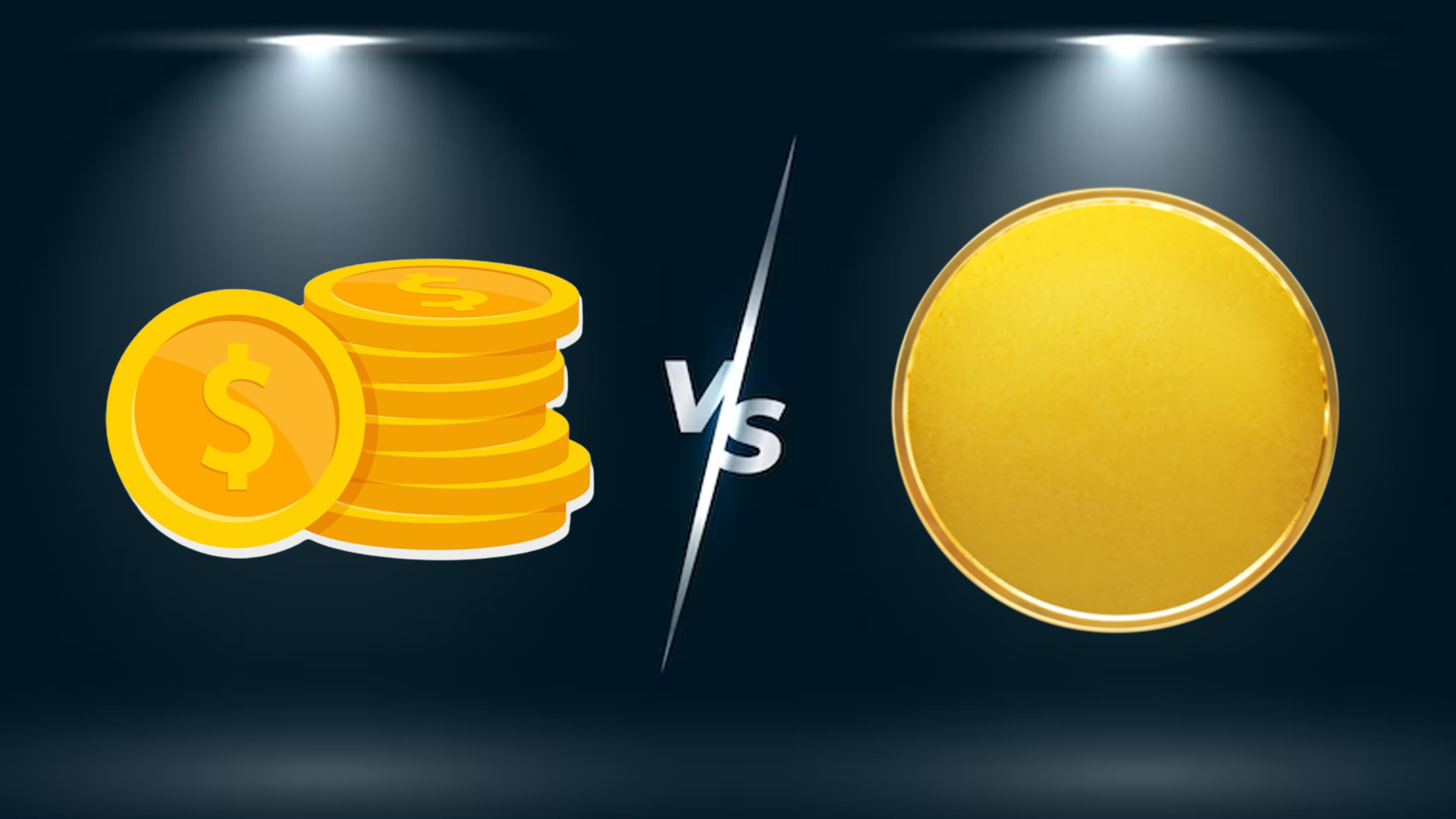- The digital currency universe is a dynamic and quickly developing scene, with a steadily growing exhibit of terms and ideas to explore.
- Among these terms, “coin” and “token” are often utilized, frequently reciprocally. However, they address particular classifications inside the cryptographic money environment.
Understanding Coins
Coins, otherwise called “cryptographic forms of money,” are the local computerized resources of a blockchain network. They are intended to work as a trade vehicle and store esteem inside their separate biological systems. The most notable illustration of a coin is Bitcoin (BTC), which fills in as both a computerized cash and a decentralized computerized record.
Critical features of coins include:
- Independent Blockchain: Coins typically have their dedicated blockchain network, such as the Bitcoin blockchain for Bitcoin.
- Exchange Usefulness: Coins can be straightforwardly utilized for exchanges, empowering distributed moves and installments.
- Minable: Many coins, such as Bitcoin, utilize confirmation-of-work (PoW) calculations, requiring computational power for approval.
- Restricted Supply: Coins frequently have a fixed or covered supply, with the furthest breaking point on the all-out number that can, at any moment, be mined.
Exploring Tokens
Tokens, then again, are advanced resources that are based on existing blockchain stages, frequently using savvy agreements to characterize their functionalities. Tokens are assorted and can address different resources, including advanced collectibles, genuine resources, dedication focuses, and others. Ethereum’s ERC-20 norm, for example, has made it ready for many tokens.
Critical features of tokens include:
- Built on Platforms: Tokens are created and operate on existing blockchain platforms, leveraging the infrastructure of the host network.
- Customizable Features: Tokens can be customized to have specific properties, such as representing ownership, granting access, or facilitating governance.
- Use Cases Vary: Tokens can serve diverse purposes, from enabling crowdfunding through Initial Coin Offerings (ICOs) to representing shares in a company.
- Interoperability: Tokens can be easily traded across various platforms and exchanges, enhancing liquidity.
Differentiating Coins and Tokens
The primary distinctions between coins and tokens can be summarized as follows:
- Origins: Coins are native to their blockchain networks, while tokens are built on existing blockchain platforms.
- Blockchain: Coins have their independent blockchains, while tokens utilize the blockchain of another cryptocurrency.
- Functionality: Coins primarily function as a medium of exchange and store of value, while tokens have a broader range of applications and functionalities.
- Creation: Coins are created through mining processes (in the case of PoW networks), while tokens are made through smart contracts.
- Value Proposition: The value of coins is closely tied to their utility within their networks, while the value of tokens can vary widely based on their specific use cases.
Conclusion
The differentiation among coins and tokens is crucial in the cryptographic money domain, directing how we classify and grasp the vast swath of computerized resources. Coins like Bitcoin and Ethereum assume focal parts in their particular biological systems, while tokens offer a flexible structure for addressing enormous resources and empowering many applications. As cryptocurrency evolves, a clear understanding of the differences between coins and tokens allows participants to navigate this dynamic space with confidence and insight.
